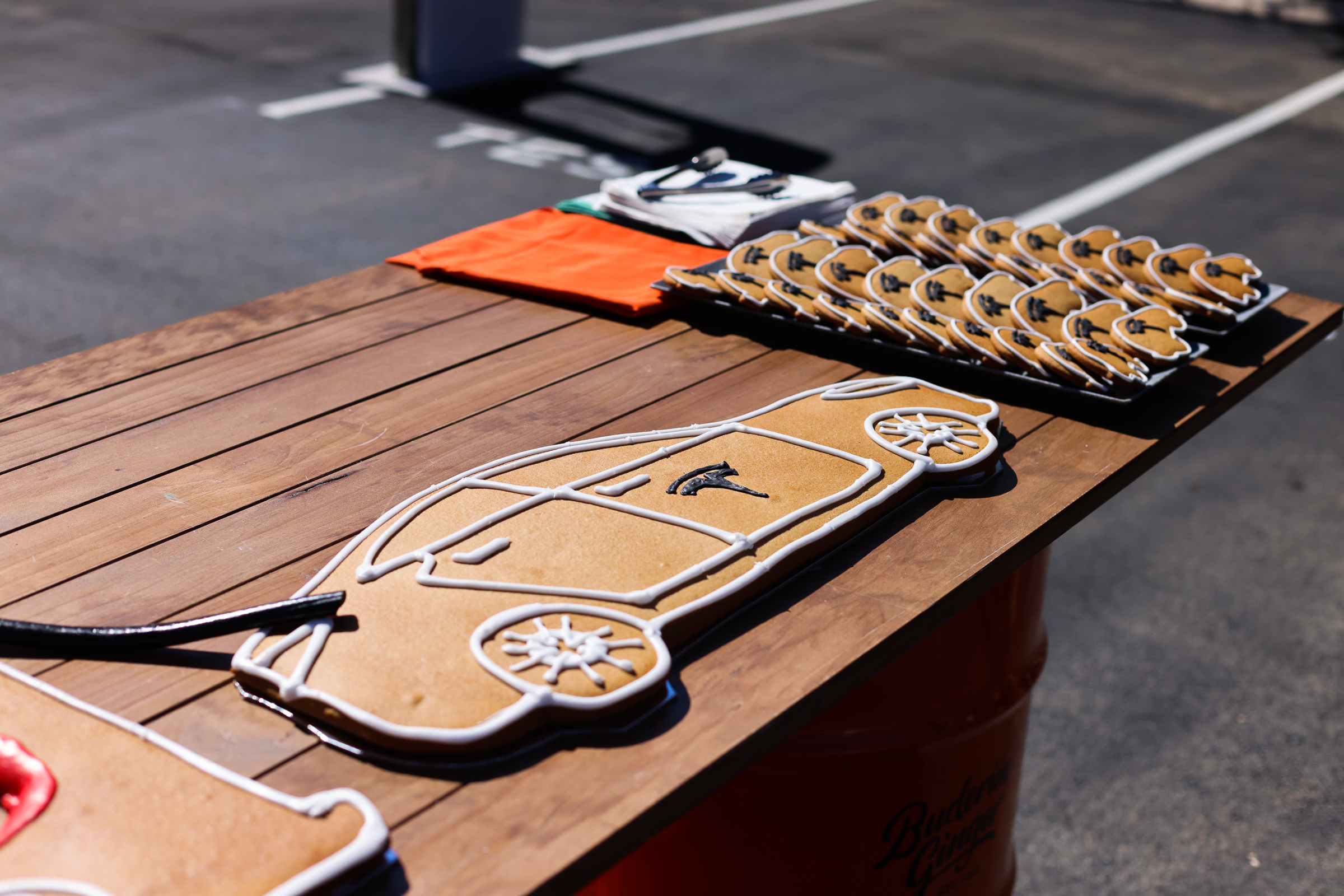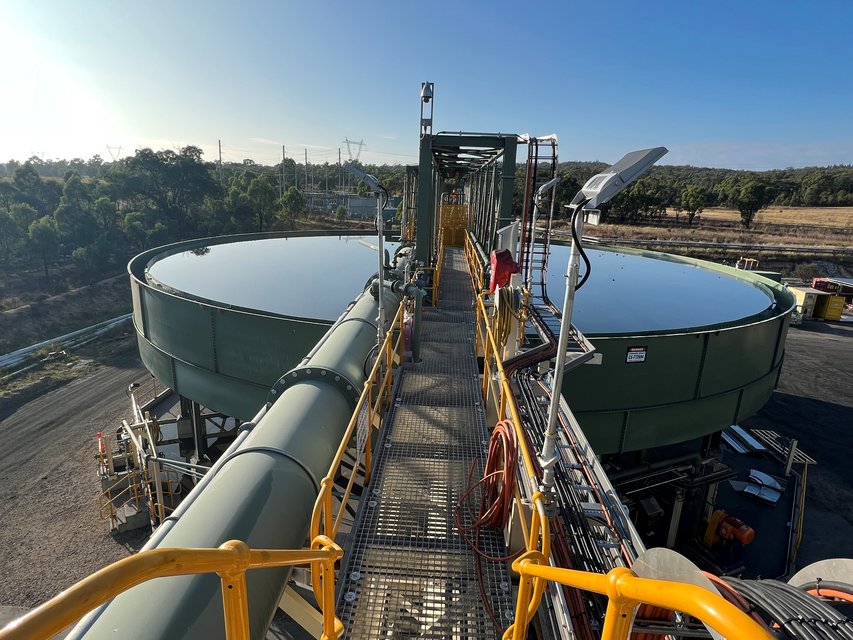Introduction
Pressure instruments, including gauges, switches, and transducers, are indispensable components in various industrial applications. They measure and monitor pressure to indicate the efficiency and effectiveness of your process systems. However, when these instruments break down, the repercussions can be serious—endangering not just the efficiency of your operations but also the safety of your personnel.
Westech Industrial, in partnership with its manufacturing associate Ashcroft, offers a short guide that explores the common problems affecting your pressure instruments and provides effective solutions to maintain optimal performance.
Why Pressure Instruments Fail: Common Problems
Early Warning Signs
The early warning signs that your pressure instrument might be on the brink of failure include:
- Pointer Flutter
- Unresponsiveness
- Component Damage
Recognizing these signs and their underlying causes is crucial for taking timely corrective measures.
Excessive Pulsation/Vibration
Problem:
Excessive pulsation or vibration can cause pointer flutter and component damage.
Solution:
Three common solutions include dampening the movement/tube, installing the instrument away from the source, or restricting the flow of process material.
Low/High Temperatures
Problem:
Using instruments in temperatures outside their rated range can lead to significant damage.
Solution:
You can mount the instrument remotely, mount it directly using Ashcroft MicroTube™ or finned siphon, or incorporate a coil or pigtail siphon for steam applications.
Pressure Spikes
Problem:
Causes like water hammer or rapid valve actuation can lead to pressure spikes, causing damage such as dented pointers or ruptured tubes.
Solution:
Options include integrating an internal stop, installing a Pressure Limiting Valve (PLV), or selecting a new, properly rated gauge.
Instrument Clogging
Problem:
Instruments used in ‘dirty’ processes like those involving particulates can get clogged.
Solution:
You can prevent clogging by isolating the instrument using a diaphragm seal or an isolation ring. For heavy slurries or sludge, an isolation ring is advisable.
Instrument Corrosion
Problem:
If the wetted parts are incompatible with the process material, the instrument may corrode.
Solution:
Ensure that the wetted parts are made from a material compatible with the process or integrate a diaphragm seal or isolator constructed from an appropriate material.
Instrument Abuse
Problem:
Incorrect installation or usage can lead to instrument damage.
Solution:
Install, use, and maintain your instruments properly to avoid this. For instance, use an open-ended wrench for NPT instruments and refrain from using the instrument as a makeshift step ladder.
Conclusion
A comprehensive maintenance plan is indispensable for safeguarding your process efficiency and personnel safety. Westech Industrial provides a range of pressure instruments from Ashcroft designed to meet the stringent demands of various industrial applications. Our products and solutions are aimed at preventing the common problems outlined in this guide, helping you maintain the utmost levels of safety and efficiency in your operations.
For more in-depth information, you can download our partner’s eBook, “Avoid Pressure Equipment Failure,” which serves as an excellent resource for identifying and resolving issues with your pressure instruments. Or if you need help choosing the right Ashcroft pressure instruments and accessories, contact Westech Industrial today at 1-800-912-9262 and speak to one of our technical representatives. We’re here to help you keep your processes running smoothly, safely, and accurately.
Share This:
Next Article




